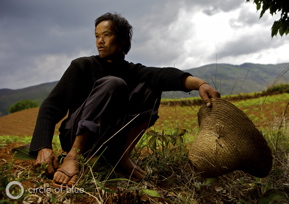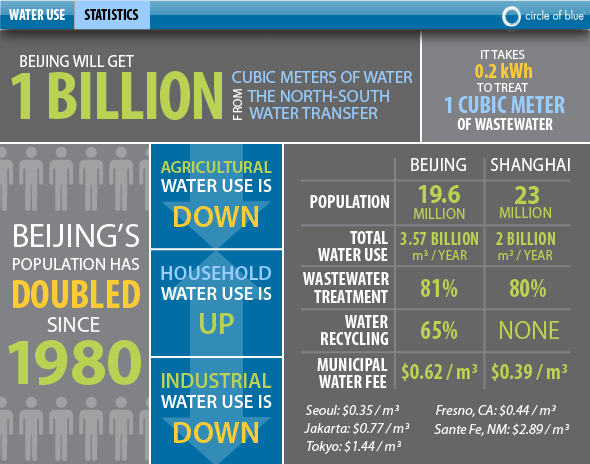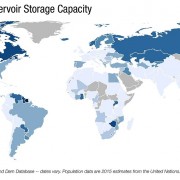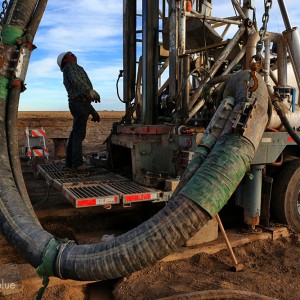Drought in South China is Worst in Decades
Twenty million people, 16 million acres of farmland affected. Costs estimated over $1 billion.
Parts of southern China are being ravaged by a severe three-season drought. Millions of people lack adequate water supplies, and millions of acres of cropland are too dry to plant, the Associated Press reports.
Local governments were forced to tap underground water sources and use cloud seeding for agriculture-sustaining rain in the provinces of Yunnan, Guizhou and Sichuan, as well as the Guangxi Autonomous Region and the city of Chongqing.
In the Guanxi region, 77 districts have declared a state of emergency. Sixteen have been added to the list since late February. Tens of thousands of people do not have enough drinking water, the China Daily reports, and spring planting for some might be impossible.
About six million people are affected in Yunnan, which is in the midst of its worst drought in 60 years, according to a China Meteorological Bureau report. Losses in the province amount to US$ 1.46 billion, mostly from lost crops or livestock. The local government has started to pump sources of water hundreds of feet underground.
Signs of drought are creeping northwards. Several northern provinces haven’t seen rain in 40 days, and farmlands are showing signs of drought.
Circle of Blue reported from Yunnan Province in January, exploring the region as a microcosm of the challenges facing China’s vulnerable freshwater supply. For China to prosper in the 21st century, it must fit thriving human settlements into a severely damaged landscape where water is scarce, inaccessible, or often too dirty to use.
More than 400 of China’s 600 largest cities experience water shortages, according to United Nations assessments. Three-quarters of China’s rivers and lakes are dangerously contaminated. By 2020, the World Bank estimates, water stresses in China could create up to 30 million environmental refugees — people who must move from their homes in search of one of the most basic necessities for life.
Sources: Associated Press, China Daily
Find Circle of Blue’s complete coverage from China’s karst regions below:
is a Washington, D.C–based correspondent for Circle of Blue. He graduated from DePauw University as a Media Fellow with a B.A. in Conflict Studies. He co-writes The Stream, a daily summary of global water news.











Leave a Reply
Want to join the discussion?Feel free to contribute!